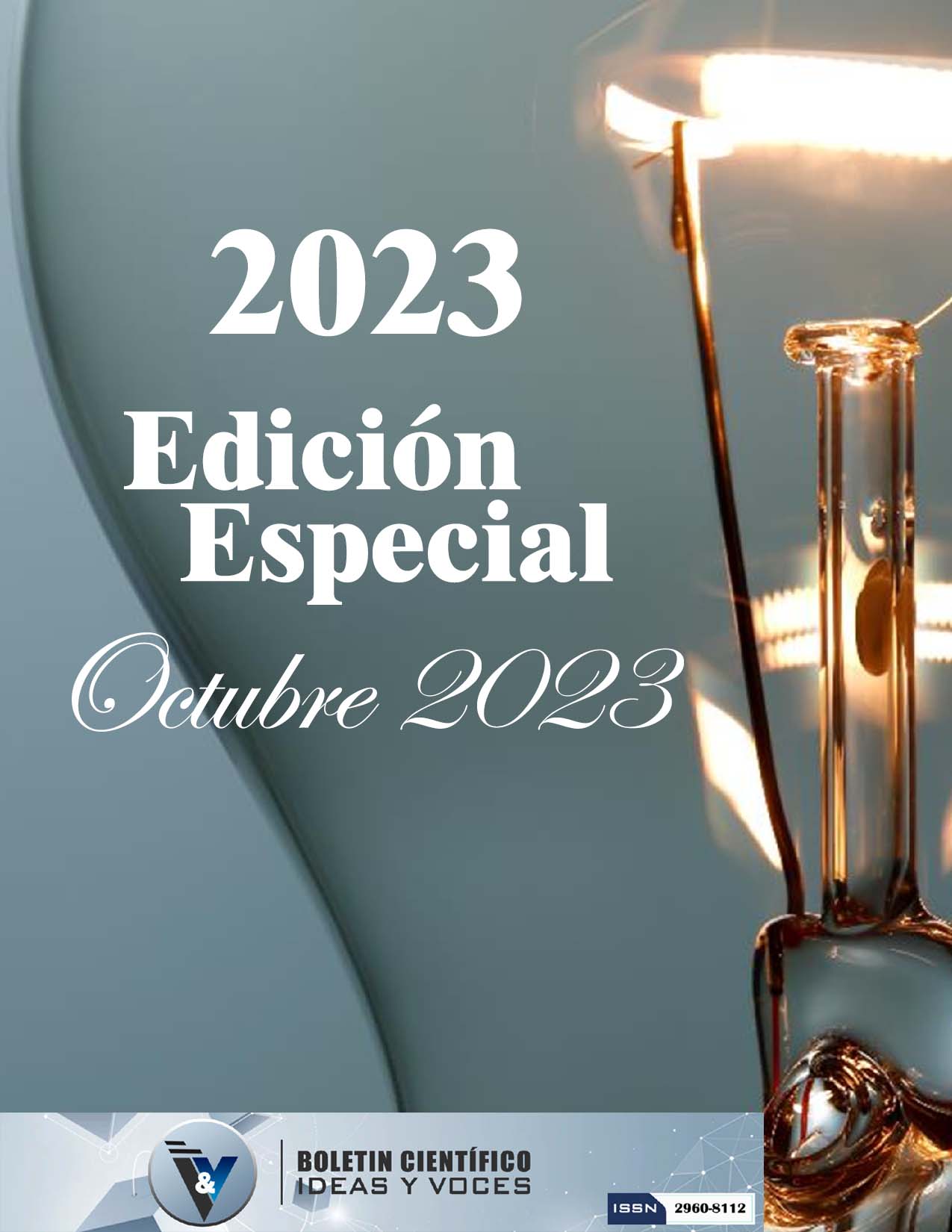Neurolinguistic programming in socio-affective development in initial II of 3 years Programación neurolingüística en el desarrollo socio-afectivo en inicial II de 3 años
Main Article Content
Abstract
The investigative work focused on the exploration of specific neurolinguistic programming techniques and their impact on the socio-affective development of 3-year-old children from the "Metropolitan District" Educational Unit. During this process, various problems related to the socio-affective development of the children were identified, such as the lack of empathy in the pedagogical processes, the absence of relationships between peers and the poor collaboration in teamwork. To carry out this research, a qualitative methodology was adopted that analyzed the relationship between the characteristics of the study subjects and their different learning styles, in the context of socio-affective development. Various data collection techniques were implemented, which included observations of the educator's pedagogical activities, direct observations of the children, as well as an analysis of pedagogical planning. The main objective of this work was to stimulate the socio-affectiveness of boys and girls, using neurolinguistic programming strategies and techniques, such as anchoring, assertive language and calibration. It is recognized that each individual has different ways of learning, which can be visual, auditory or kinesthetic, and we sought to adapt teaching to these modalities to improve their development.
Downloads
Article Details

This work is licensed under a Creative Commons Attribution-NonCommercial 4.0 International License.




